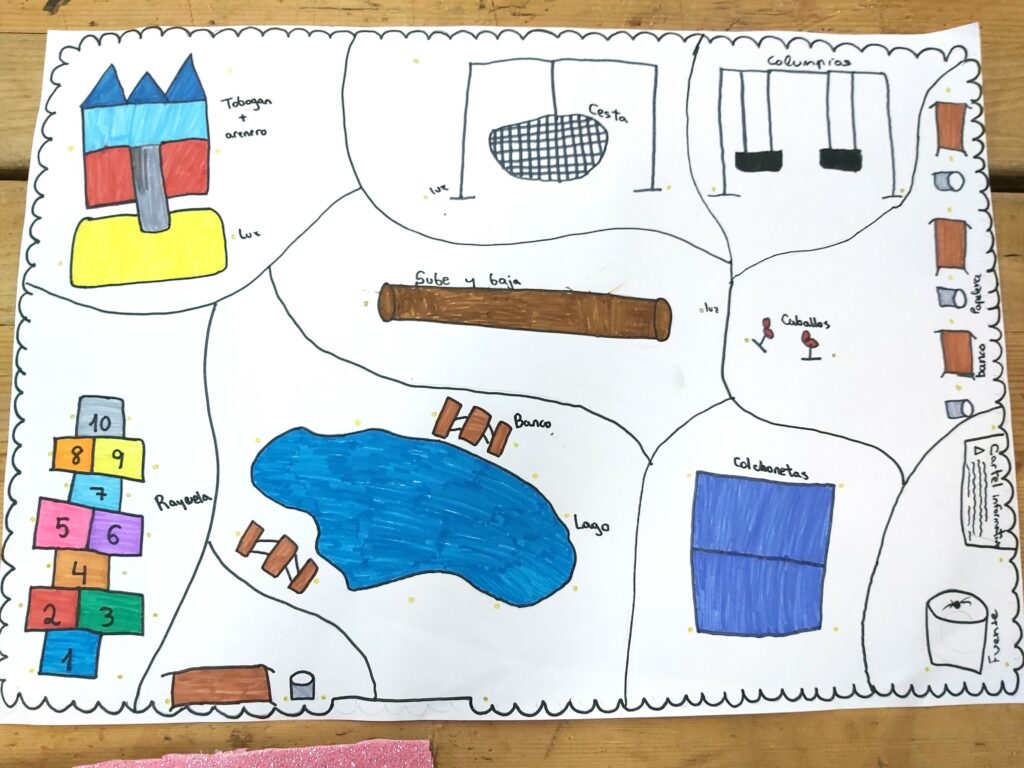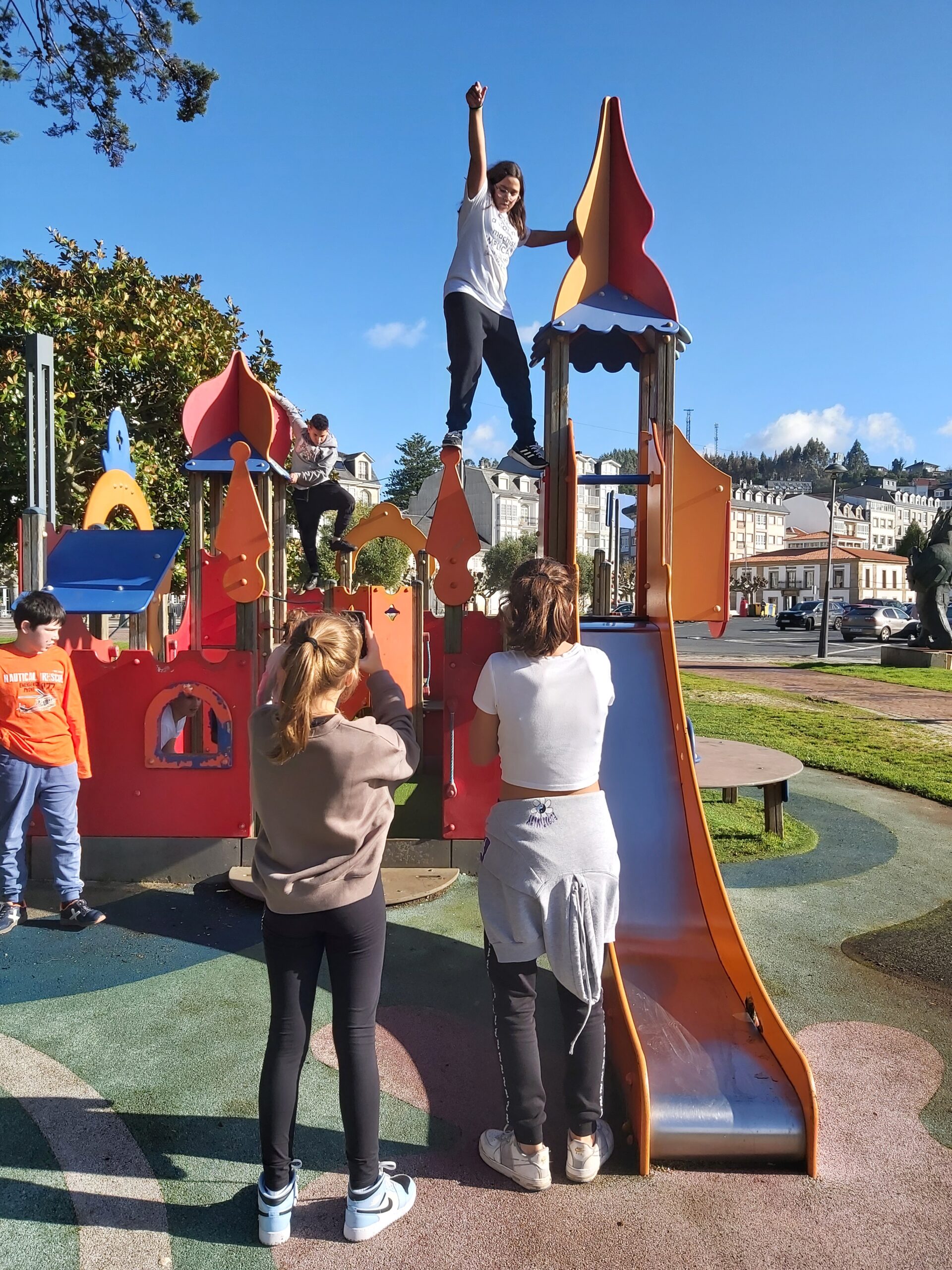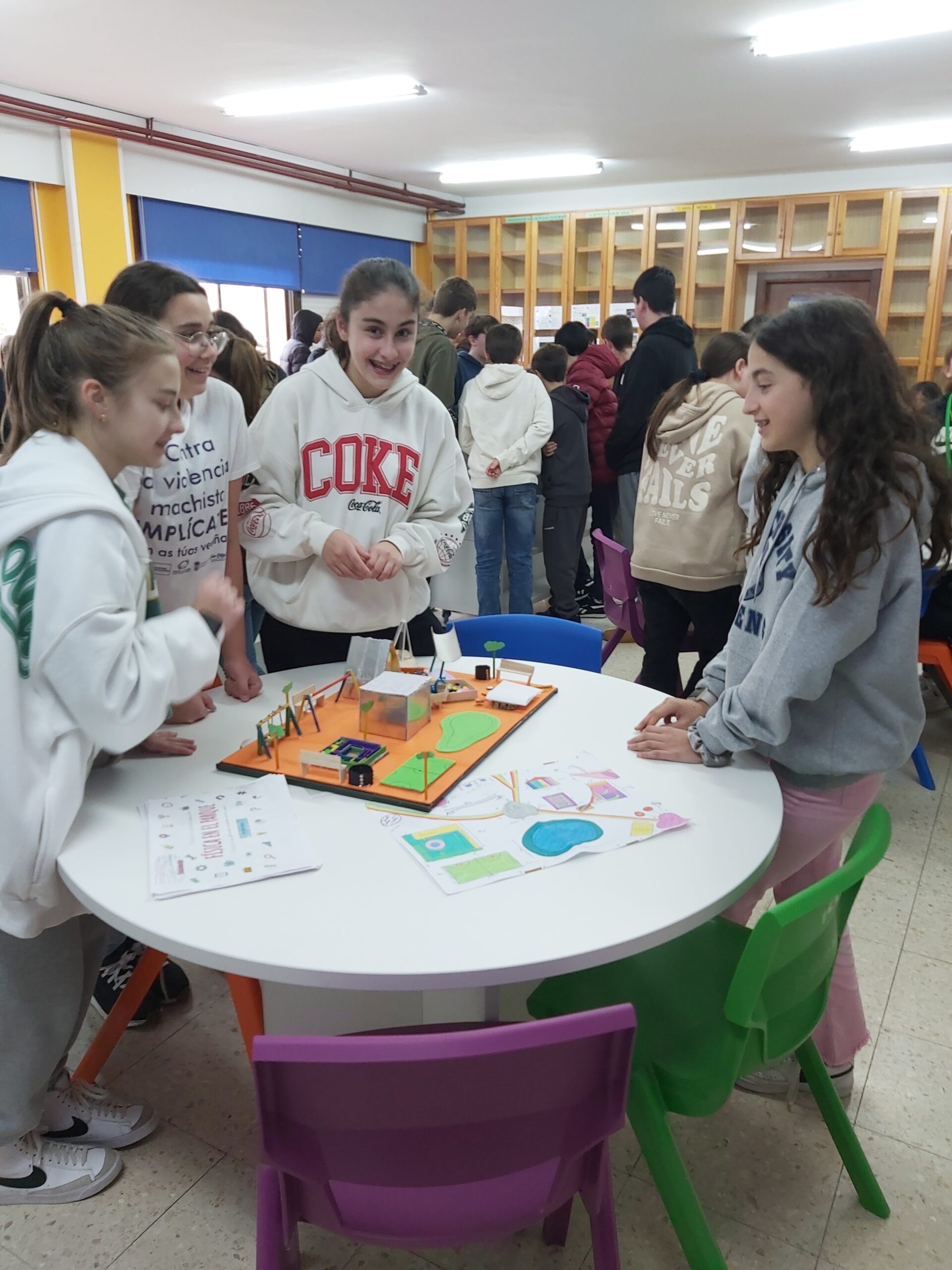
‘They Were Learning Science without Realizing It…’ – Interview with Patricia Hermida Galán, IES de Ortigueira
Patricia Hermida Galán is Technology and Digitalization teacher at IES de Ortigueira, a secondary school located in Ortigueira, La Coruña, Galicia, Spain. She teaches students aged 12 to 18, and she applied MiO with her 12-year-old class during the schoolyear 2022-2023. The project was supervised by the MiO hub Museos Científicos Coruñeses (mc2).
- How have you applied the Open Schooling / Make it Open approach in your school?
During the last school year, I decided to transform my teaching approach. I designed and adapted MiO Learning Scenarios instead of using my usual class materials. At the beginning of the school year, I explained my project to all the families and, of course, to all my 30 students in 1st Secondary School. We worked on four different Learning Scenarios—which included How clean is our air? and Our Moving World: Physics Everywhere.
- Can you give one example of how you have applied it in practice in your school / in the wider community?
For instance, students worked in groups of three to design and build models of their own playgrounds. These models included various details such as a space for equality dedicated to a representative woman from our community, litter bins, benches, walkways, children’s games, security measures, etc. Finally, we organized a major exhibition in the school library. Each group had their model displayed on a table in the library, and they themselves explained it to our visitors. Additionally, some students documented the exhibition through photography, while others acted as curators. We invited families, teachers, students from the Primary School, teachers and students from our school, and local press to visit our exposition. It was a truly amazing experience.

Photograph: creating the basis of a case study through outdoor activity.
- How have your students reacted? Have they enjoyed it? What differences have you observed in terms of how they interact with science lessons?
I observed that students learned without even realizing it; they had fun while working and learning. Some even came in their free time to finish their models for the exhibition. In my opinion, the main difference was that they were learning science without realizing it. All students were engaged in the work, and they looked forward to coming to my technology workshop every day.
- How about your own experiences as a science teacher – have you enjoyed ‘teaching’ lessons in a different way? Why do you think this open school approach is beneficial for teaching and learning?
For me, it was a positive experience. It’s essential to have class sessions well-prepared and organized, but it is worth it. Furthermore, I firmly believe that students internalize learning better when it involves ‘learning by doing’.

Photograph: replicating the activities on a 3D model.
- Did the Learning Scenarios address any relevant topics for the local community or any urgent global challenges? If yes, how did you introduce it to the students? Did this boost their engagement?
We initiated a different Learning Scenario to study air contamination, which is a challenge that affects the environment and is a global problem. To introduce this challenge to my students, I gathered various press articles that discussed pollution in Spain, as well as others that addressed air pollution in our region. We worked on this information in class, and the students subsequently debated the importance of this problem for human health. The students were highly engaged, but unfortunately, the course ended before we could complete our work.
- Finally, what are your hopes for the project in your school in the future?
This is a challenging question because during the school year 2023-2024, I will be temporarily assigned to another location, and I will have to pause my work with MIO for now.
The Ecsite team would like to express its sincere gratitude to Patricia for graciously sharing her valuable experience with MiO. Her contribution has been enormously appreciated.
Pictures credit: IES de Ortigueira.